How often do you drive past a home or building day after day and wonder what it might look like inside? Not surprisingly, I do that quite often. So I was more than pleased when I was recently invited to peek behind the bright red door at St. John’s Episcopal Church right here in West Hartford as it prepares for a block party to celebrate the congregation’s 175th anniversary.
Churches and other religious buildings often possess noteworthy architectural features and St. John’s is no exception. Resident historian Bill Uricchio, a dedicated volunteer, guided me through the church sharing its architectural history.

As Bill explained, the 175th anniversary of the church is a celebration of the congregation, not the church building itself. The St. John’s parish was founded in 1841 and its first home was in Hartford. It thrived there for many years until Hartford residents began to migrate to newly created suburbs such as West Hartford.
With a congregation diminishing in size and many of its parishioners gone, the church decided to sell the Hartford property in 1907 to wealthy financier J.P. Morgan who then repurposed it as the Morgan Memorial for the Wadsworth Atheneum. It became a home for many of his father’s collections including bronzes, majolica, and porcelains.

Construction of a new church in West Hartford ensued and became the home of the congregation in 1909. The church was designed in the Gothic Revival style by famed architect Bertram Grosvenor Goodhue, architect of other well-known landmarks such as the Cadet Chapel at West Point and the Nebraska State Capitol.
Over the coming years, many changes and additions were made to the church including a major upgrade with two new bays added to alleviate overcrowding. An important addition to the church was made in 1922-23 in the form of a reredos. What is a reredos, you ask?

A reredos, as described by Bill, is a screen or decoration behind the altar in a church. It can be created from almost any type of material, in this case limestone. While the reredos was designed by Mr. Goodhue, it was sculptor Lee Lawrie who brought it to life. The detail and depth of this scene of the Last Supper can only be appreciated up close.
In October 1992, tragedy befell the church when a fire, caused by spontaneous combustion, destroyed much of the interior and exterior causing millions of dollars in damage. While the surrounding woodwork and stained glass were almost completely destroyed, incredibly the reredos was largely untouched and the cross in front of it undamaged. The cross was the very same cross displayed in the congregation’s first church in Hartford.
Gave me chills to think about that.

With the determination and support of the congregation, the church was meticulously restored using the original architectural plans while also incorporating modern upgrades to add handicapped access, improve adherence to fire codes and more. Hearing Bill describe the efforts made is a testament to the love the congregation must feel towards this place.
Two major distinguishing features of the church are the stained glass windows and the organ. The church has 36 stained glass windows of various themes and by various artists. The first twelve windows were designed by Harry Eldredge Goodhue, Bertram’s brother. Harry had a distinguished career, with 70 stained glass installations around the country before his early passing at age 45.

Perhaps my favorite window is the one behind the baptistery, pictured above. The window was made overseas by James Powell & Sons (also known as the Whitefriars) of Great Britain, one of the most highly regarded firms of its time. As I said to Bill, looking for hidden details in this window would be a great game of “I Spy” for children. From afar you see the religious figures, but moving closer you notice tiny images of everyday objects and animals, including a spider in a web.
Another favorite is the window above the narthex, given to the church in 1917 by Harriet Enders, a member of a longstanding church family. It depicts the women of the Bible. Interestingly, the original design portrayed all male saints. Sometime between the initial design and final product it mysteriously changed from men to women.
I think Ms. Harriet may have had something to do with that.

As Bill ushered me into the main part of the church, I was fortunate enough to hear the church organist practicing. At least, I think I was fortunate! I couldn’t hear myself think, and Bill and I certainly weren’t able to talk. With some of its 3,721 pipes in the front of the church and some in the back, it gives new meaning to surround sound.
The Opus 2761, made by Austin Organs in Hartford, CT, was installed in the newly rebuilt church in 1995. It takes real talent and dedication to master playing an organ of this scale.

Other original items in the church are the front doors and church bell. The front doors show evidence of the fire on the interior, a visible reminder of the church’s past. The church bell, installed in 1847 in the Hartford church, weighs 2,029 pounds and traveled to West Hartford with the congregation.
The details I have relayed here scratch the surface of the deep and rich history of St. John’s Episcopal Church. Bill’s passion for the subject is evident, and I would encourage you to visit the church to see its architecture and artistry up close. Bill will be at the St. John’s Block Party this Sunday, September 18th, answering questions and sharing his knowledge.
You can also enjoy live music, food trucks, and fun and games for the kids as the church celebrates 175 years. Check the church website for details!
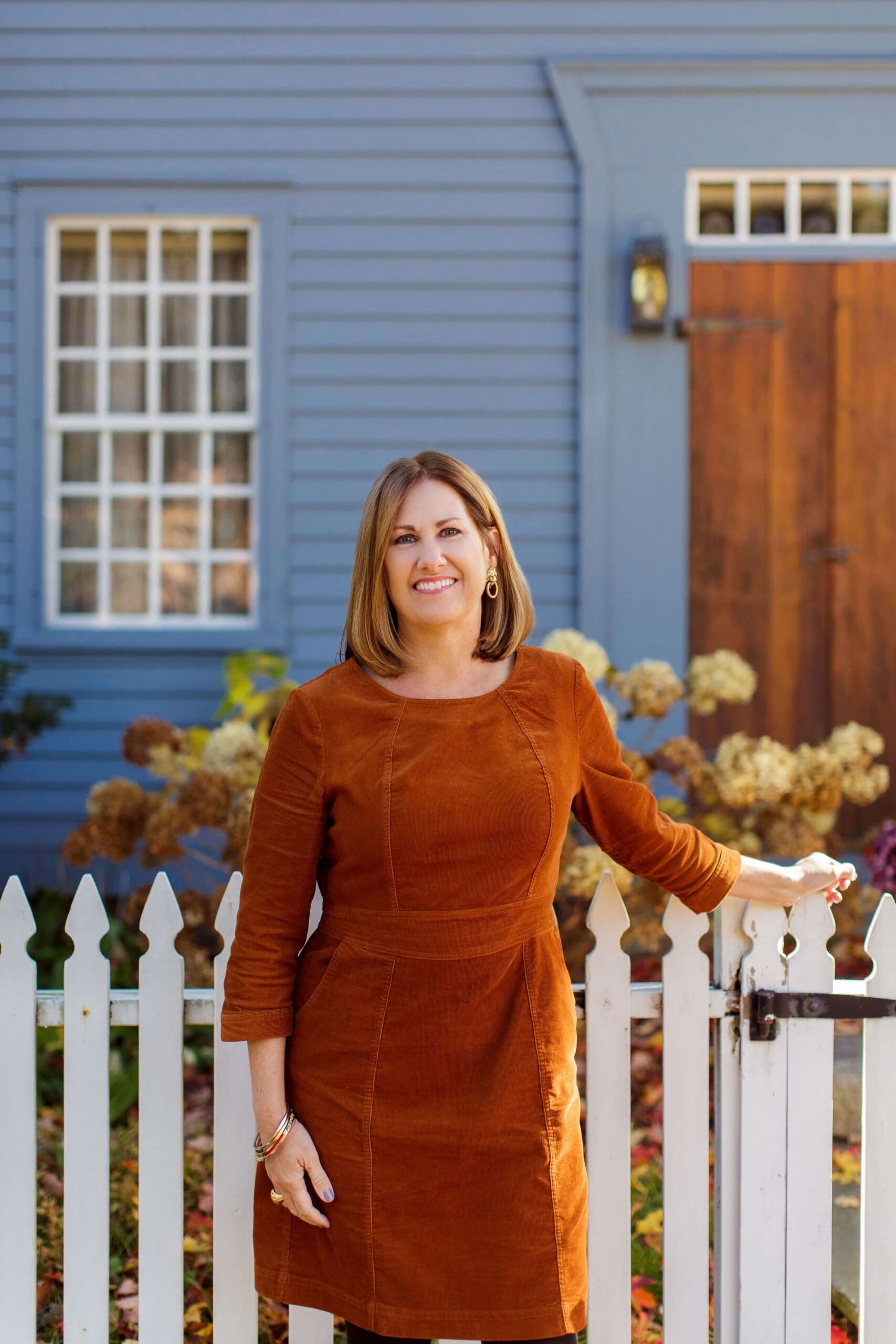
My name is Deb Cohen, and I am a lifelong resident of Connecticut, a lover of all things historic and New England, and a realtor who helps buyers and sellers achieve their real estate goals and dreams. When I’m not working, I enjoy life with my husband, our two adult children, and our two rescue pups. Renovating and decorating our historic home, dating to 1800, is another favorite pastime.
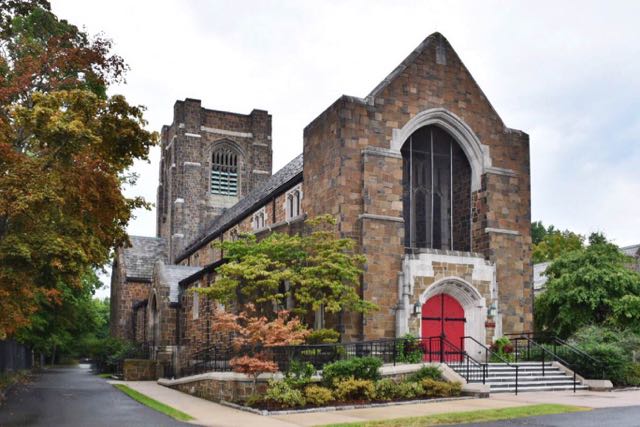

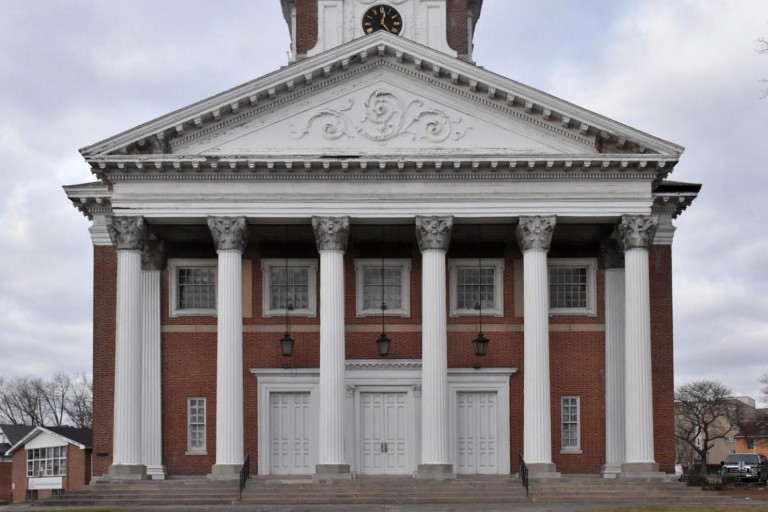
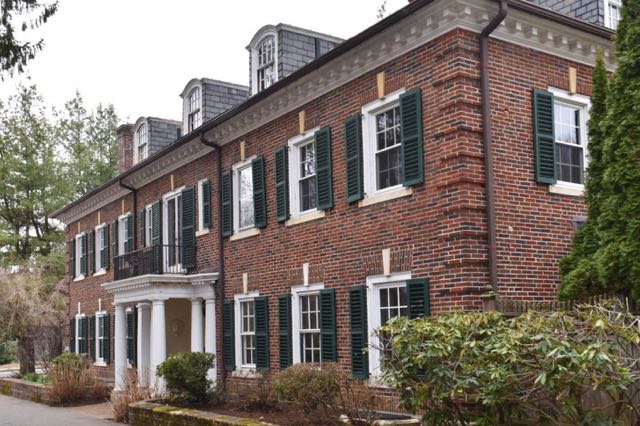




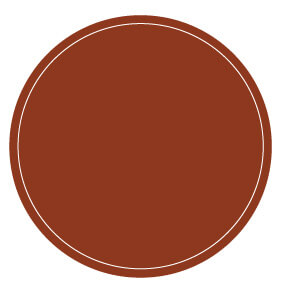
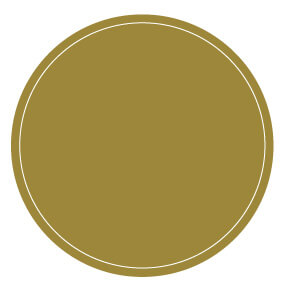
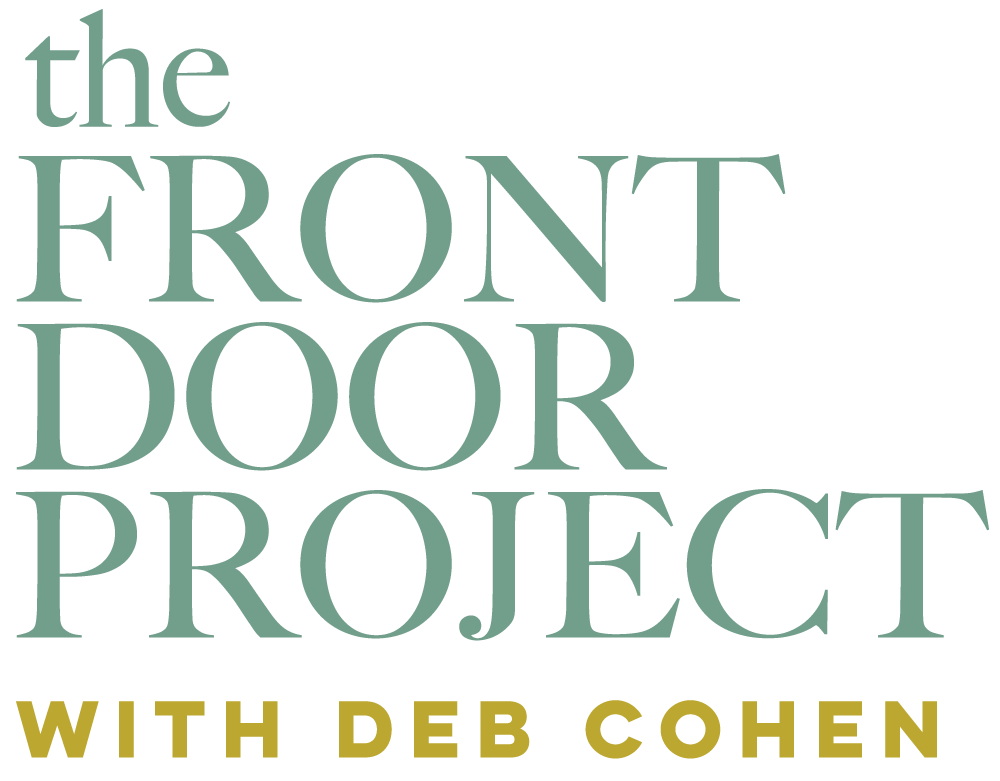
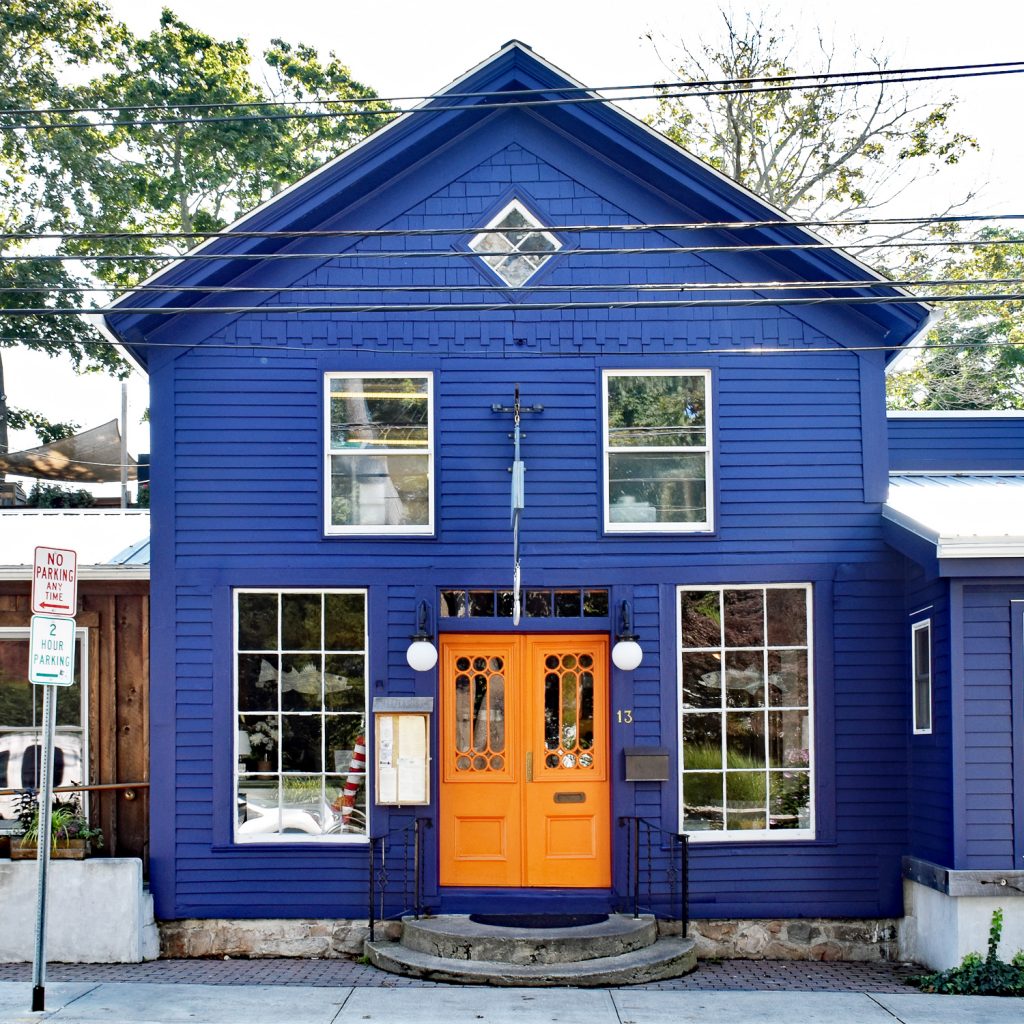
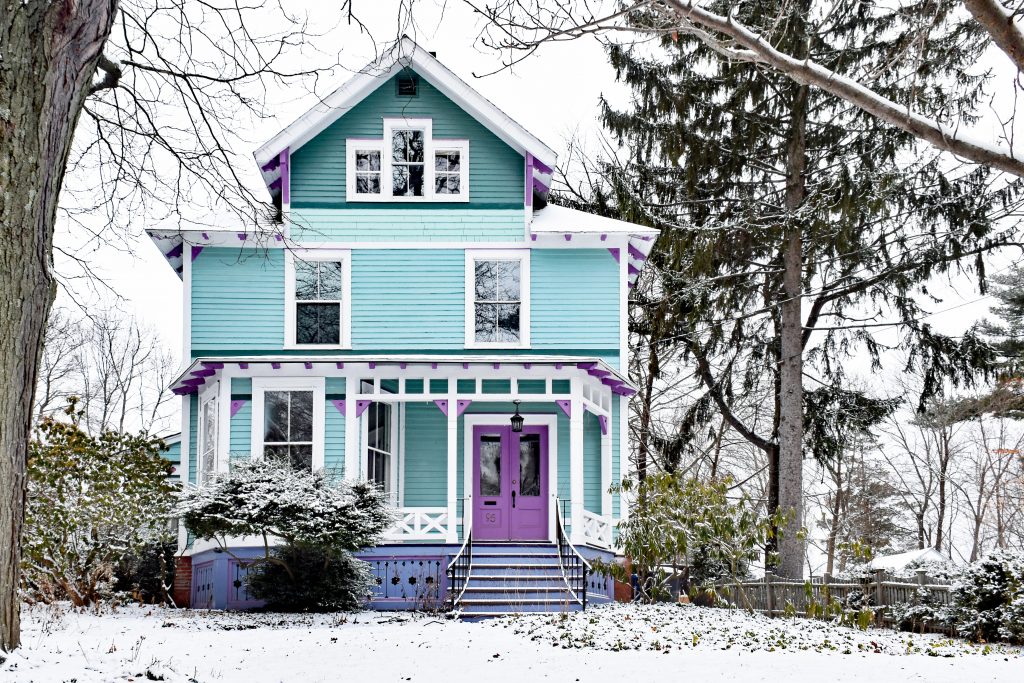
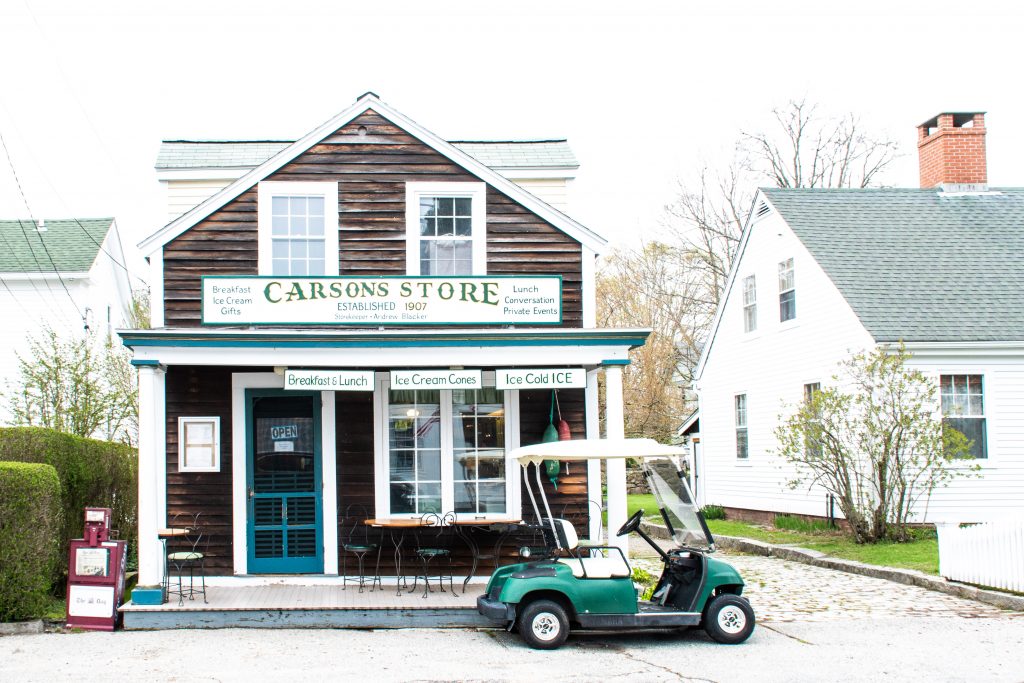
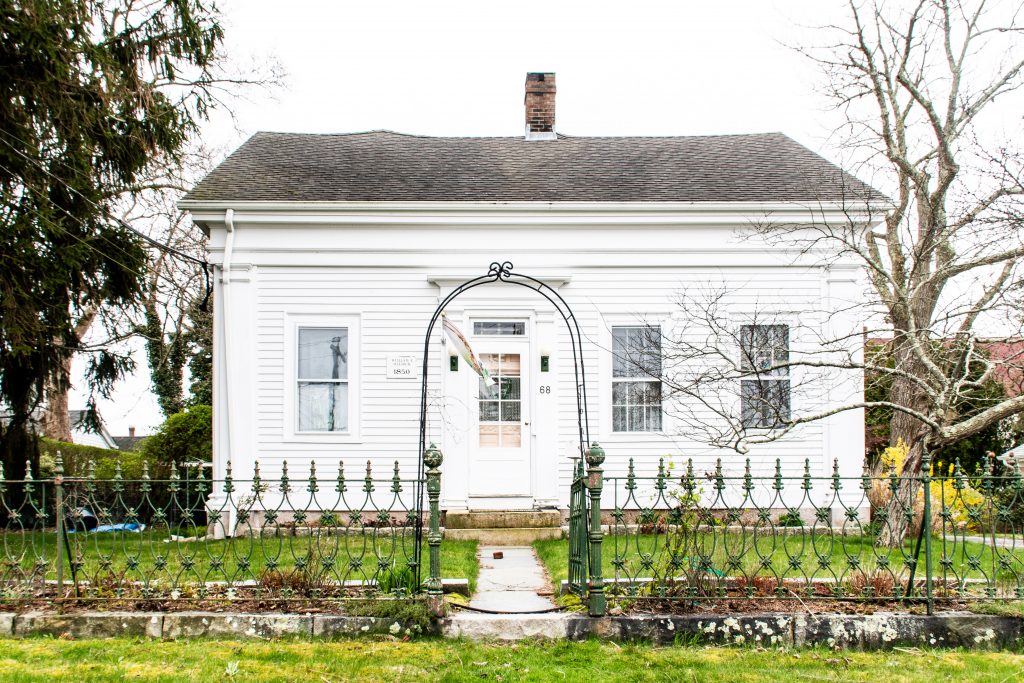
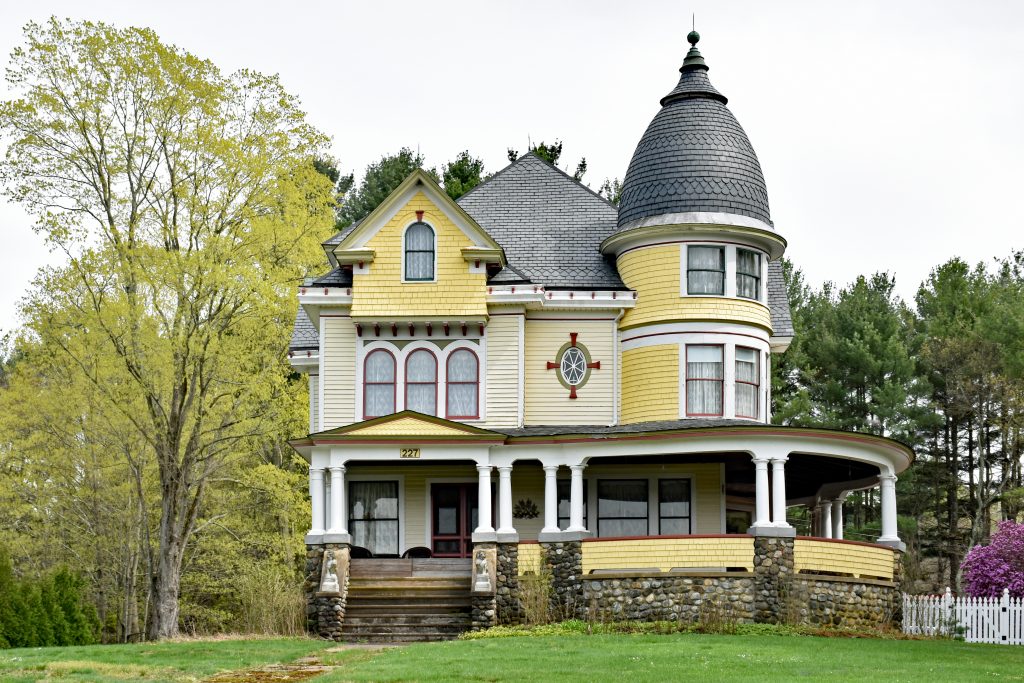
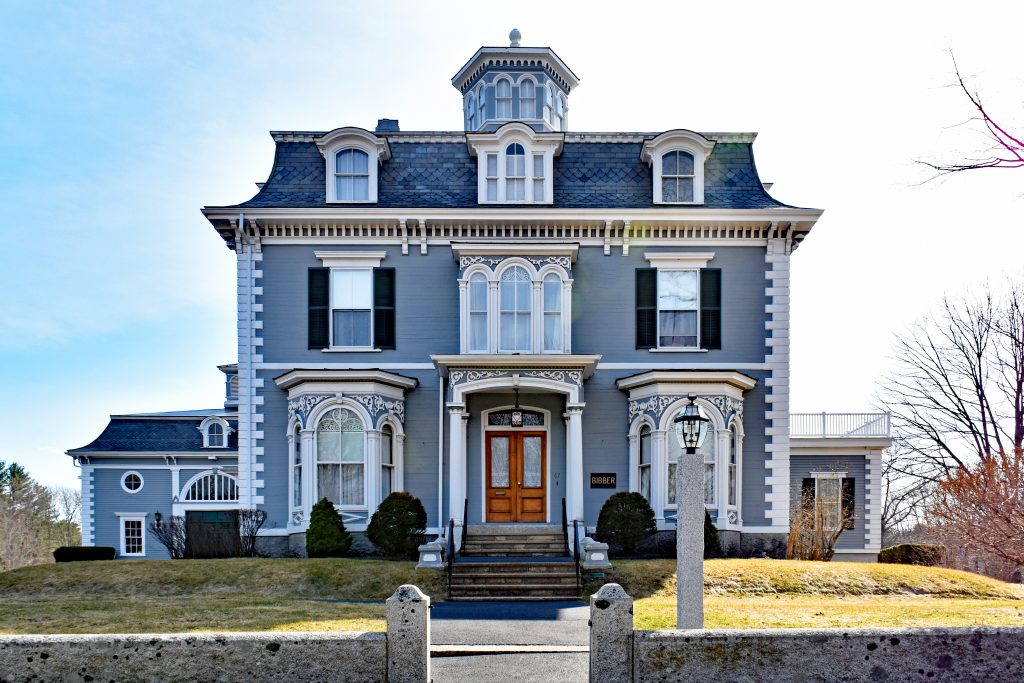
Thank you so much for these beautiful pictures and lovely article written, what food for the soul they are. I feel like I have just been on a serene tour throughout the whole grounds…thanks to you for your time, traveling, all efforts, your educational writings! It is appreciated. I hope sometime when you are able, you can go back to the grounds to “gather info” and do another posting.
I enjoyed this one so much.
Thank you again!
Hello! My apologies for missing this comment. I haven’t been blogging as much of late (have to get back to it!) I’m so glad you enjoyed the photos and article. I really loved the opportunity to learn about the church.
Gorgeous! Makes me feel peaceful just looking at the pics:).
Thanks so much Kay!!
I love those doors, Deb, and I really appreciate the tour of this wonderful church. I’m not sure how, but I haven’t been getting notifications for your posts. I’m resubscribing with this comment.
Hi Dan! Thanks so much foryour comment! I have to be honest…I haven’t been posting for a while. I have fallen off the face of the earth due to the new job I took in February – it has been very time consuming and challenging. But I miss it and since things seem to be settling down a bit at work I’m going to try and jump back in! I miss the community of nice people like yourself 🙂
Those red doors though! This looks like such a beautiful building!
Thanks, Susie! It really is stunning. So much detail. If we only could put craftsmen back to work on projects like this again!